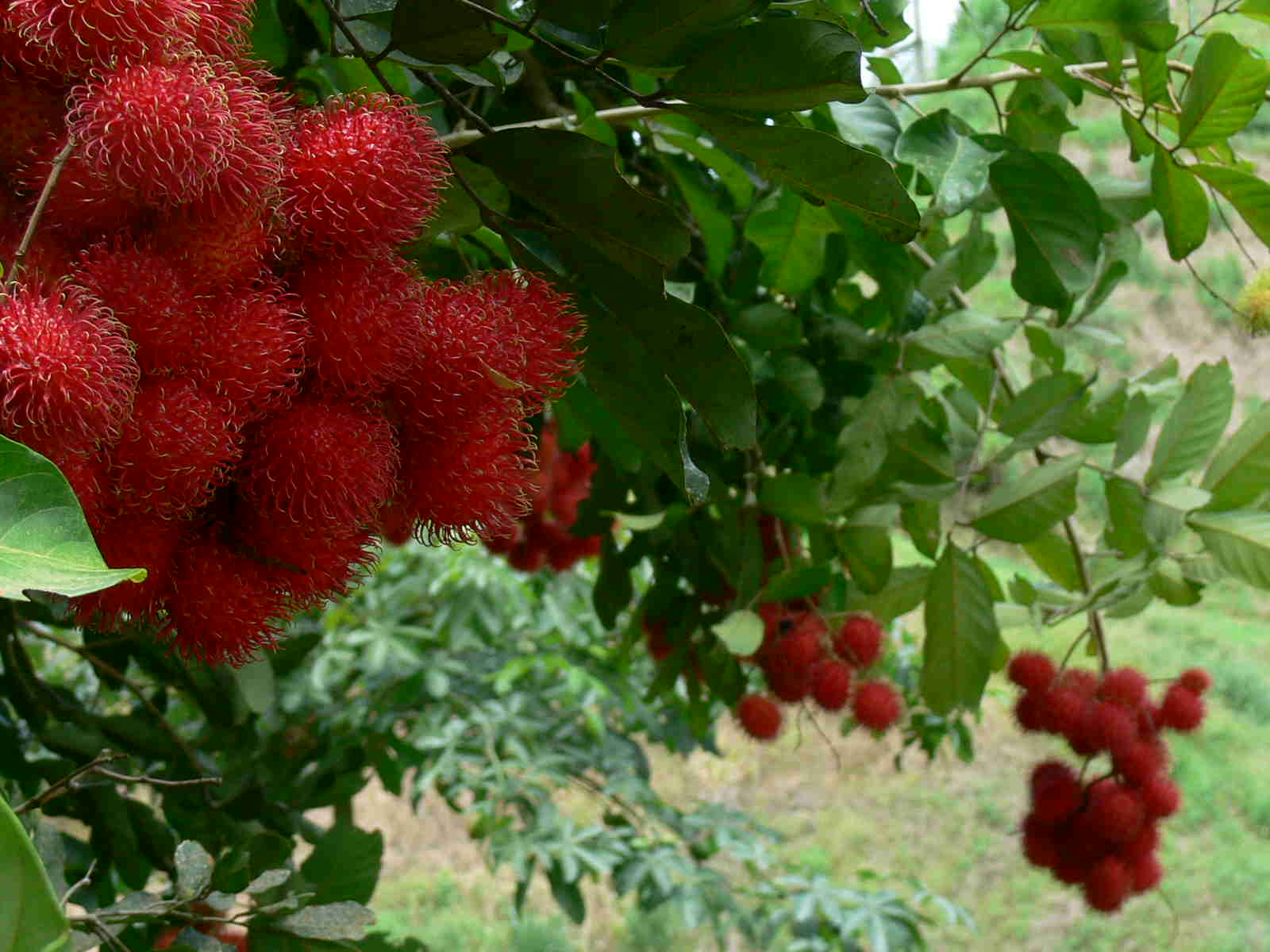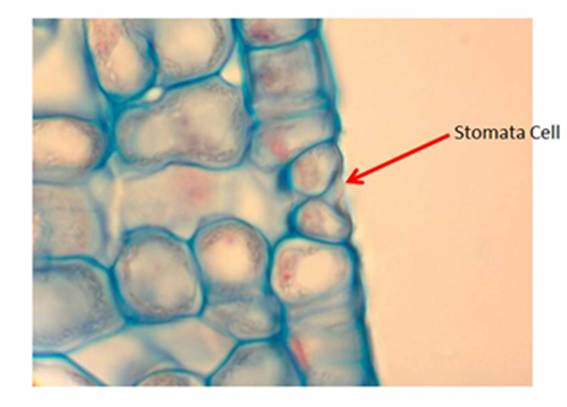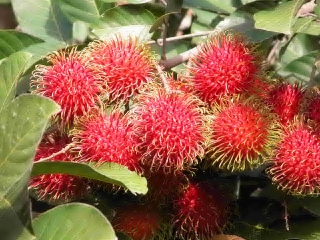
How Has It Adapted?

Plants had to find ways of adapting to life on land. Their early ancestor, the green algae, possessed cells called chloroplasts that enabled plants to produce sugar, water, and oxygen through the process of photosynthesis. These chloroplast cells are housed in the leaves of plants. In order to prevent evaporation of the water produced, the plants adapted by means of stomata cells. These cells prevent the water from evaporation and allow for gas exchange. If you would like to learn more about plants early ancestor, Green Algae, click here.
 Nephelium lappaceum is a vascular tree that
undergoes both primary and secondary growth. This means that the
tree increases in both height and girth. The rambutan and other
plants with this type of growth had to find ways of transporting
nutrients to the leaves at the very top of the tree and the roots
living deep in the soil. Trees have adapted to this through the
production of xylem and phloem. Xylem pulls water taken in from the
roots, up the trunk to the leaves at the top of the tree, while
phloem push sugars from “sources,” (i.e. leaves), to “sinks,” (i.e.
roots). These two tissues can be found in vascular bundles
surrounding the center of the tree. To learn about the Virginia
Pine, another tree containing xylem and phloem,
click here.
Nephelium lappaceum is a vascular tree that
undergoes both primary and secondary growth. This means that the
tree increases in both height and girth. The rambutan and other
plants with this type of growth had to find ways of transporting
nutrients to the leaves at the very top of the tree and the roots
living deep in the soil. Trees have adapted to this through the
production of xylem and phloem. Xylem pulls water taken in from the
roots, up the trunk to the leaves at the top of the tree, while
phloem push sugars from “sources,” (i.e. leaves), to “sinks,” (i.e.
roots). These two tissues can be found in vascular bundles
surrounding the center of the tree. To learn about the Virginia
Pine, another tree containing xylem and phloem,
click here.

The rambutan also had to find ways of storing food and protection for its growing seeds. This is where the adaptation of its unique looking fruit came about. This fruit is the sight of major storage of sugars and starches transported to roots and other “sinks” by phloem. The “hair like” structures projecting out from the fruit provide protection from consumers.
Click here to continue on to Nutrition.